What Should the Nurse Do to Understand the Nature of a Clientã¢â‚¬â„¢s Pain?
Chapter 2. Patient Assessment
two.7 Focused Assessments
Health intendance professionals do focused assessments in response to a specific patient health trouble recognized past the assessor as needing further cess of a body arrangement or systems.
Focused Respiratory Arrangement Assessment
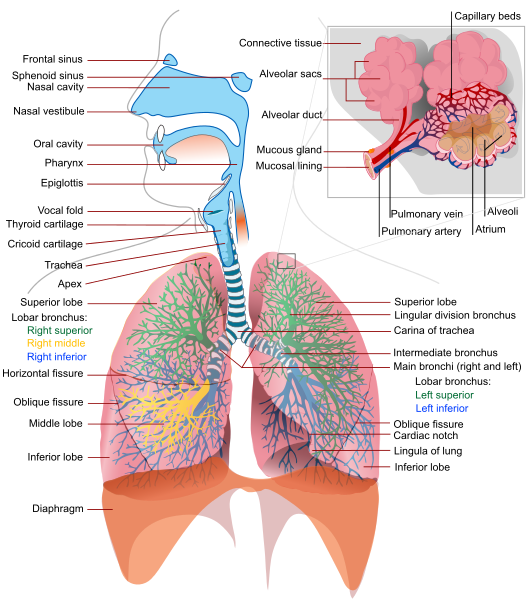
A focused respiratory system cess includes collecting subjective information about the patient'due south history of smoking, collecting the patient's and patient's family'south history of pulmonary illness, and asking the patient about whatever signs and symptoms of pulmonary illness, such as cough and shortness of breath. Objective data is also assessed.
The focused respiratory system assessment in Checklist 19 outlines the process for gathering objective information.
Disclaimer: Always review and follow your hospital policy regarding this specific skill. | |||
Rubber considerations:
| |||
Steps | Additional Information | ||
| one. Conduct a focused interview related to history of respiratory affliction, smoking, and environmental exposures. | Ask relevant questions related to dyspnea, cough/sputum, fever, chills, breast pain with animate, previous history, treatment, medications, etc. | ||
two.Inspect:
| Patients in respiratory distress may have an anxious expression, pursed lips, and/or nasal flaring. Asymmetrical chest expansion may indicate weather such as pneumothorax, rib fracture, severe pneumonia, or atelectasis.  With hypoxemia, cyanosis of the extremities or around the mouth may exist noted. | ||
| 3.Auscultate (anterior and posterior) lungs for breath sounds and adventitious sounds. | Fine crackles (rales) may indicate asthma and chronic obstructive pulmonary disease (COPD). Coarse crackles may indicate pulmonary edema. Wheezing may bespeak asthma, bronchitis, or emphysema. Low-pitched wheezing (rhonchi) may indicate pneumonia. Pleural friction rub (creaking) may indicate pleurisy.   | ||
| iv. Report and document assessment findings and related health issues co-ordinate to agency policy. | Accurate and timely documentation and reporting promote patient safety. | ||
| Data source: Assessment Skill Checklists, 2014; Jarvis et al., 2014; Perry et al., 2014; Stephen et al., 2012; Wilson & Giddens, 2013 | |||
Focused Cardiovascular and Peripheral Vascular System Assessment
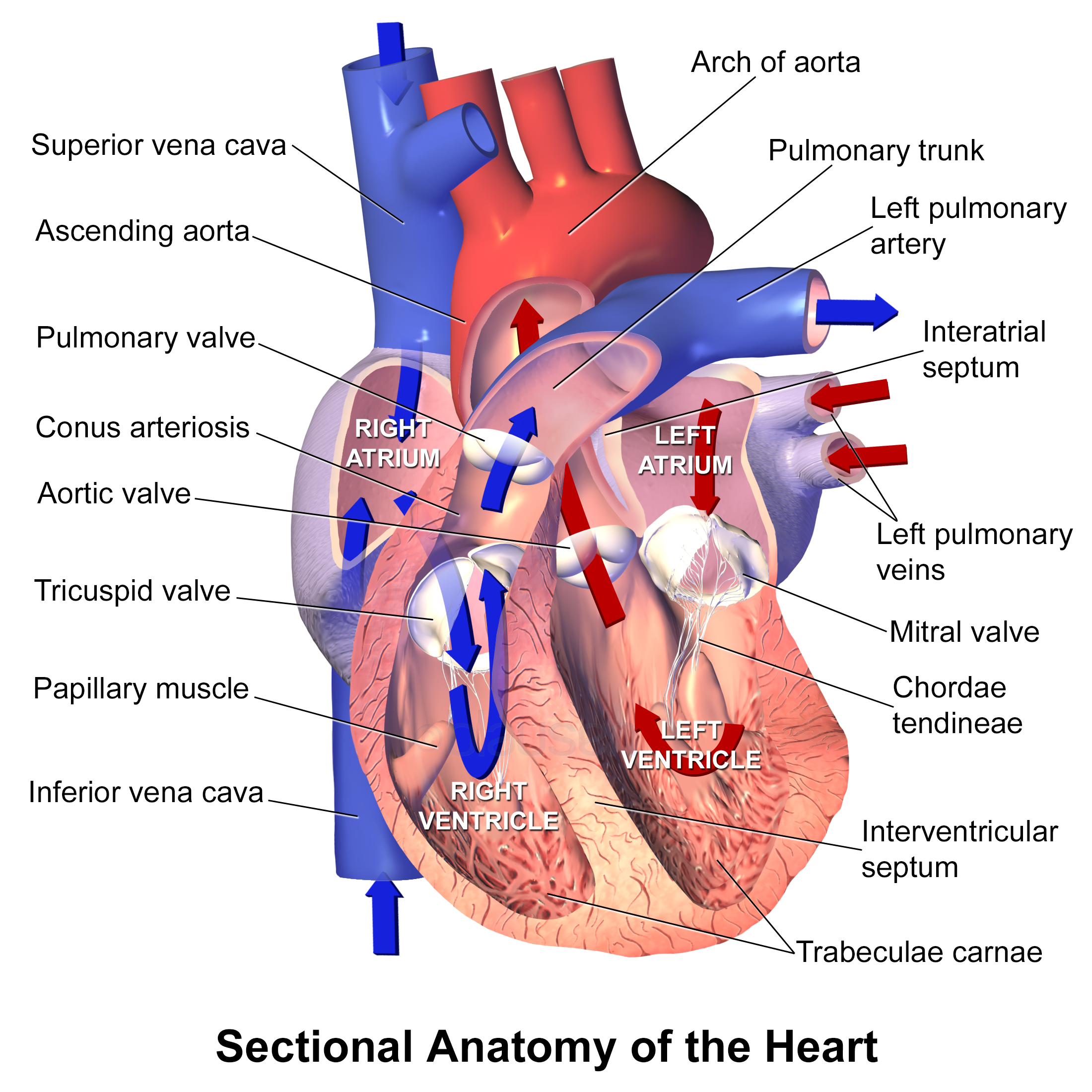
The cardiovascular and peripheral vascular system affects the entire body. A cardiovascular and peripheral vascular system assessment includes collecting subjective data near the patient's diet, diet, exercise, and stress levels; collecting the patient's and the patient's family unit's history of cardiovascular disease; and request the patient about any signs and symptoms of cardiovascular and peripheral vascular disease, such as peripheral edema, shortness of jiff (dyspnea), and irregular pulse charge per unit. Objective information is also assessed.
The focused cardiovascular and peripheral vascular system assessment in Checklist xx outlines the process for gathering objective data.
Disclaimer: Always review and follow your hospital policy regarding this specific skill. | |||
Rubber considerations:
| |||
Steps | Additional Information | ||
| ane. Bear a focused interview related to cardiovascular and peripheral vascular disease. | Ask relevant questions related to chest hurting/shortness of jiff (dyspnea), edema, cough, fatigue, cardiac risk factors, leg pain, pare changes, swelling in limbs, history of by illnesses, history of diabetes, injury. | ||
2. Inspect:
| Cyanosis is an indication of decreased perfusion and oxygenation.   Alterations and bilateral inconsistencies in colour, warmth, movement, and sensation (CWMS) may signal underlying conditions or injury. Sudden onset of intense, sharp muscle pain that increases with dorsiflexion of foot is an indication of deep venous thrombosis (DVT), as is increased warmth, redness, tenderness, and swelling in the calf. Notation: DVT requires emergency referral because of the run a risk of developing a pulmonary embolism. | ||
| 3. Auscultate apical pulse for aneminute. Note the rate and rhythm. | Note the heart charge per unit and rhythm. Identify S1 and S2 and follow up on whatsoever unusual findings.  | ||
| 4. Palpate the radial, brachial, dorsalis pedis, and posterior tibialis pulses. | Absence of pulse may signal vessel constriction, possibly due to surgical procedures, injury, or obstruction.   | ||
| 5. Report and certificate cess findings and related health bug co-ordinate to bureau policy. | Authentic and timely documentation and reporting promote patient prophylactic. | ||
| Data source: Cess Skill Checklists, 2014; Jarvis et al., 2014; Perry et al., 2014; Stephen et al., 2012; Wilson & Giddens, 2013 | |||
Focused Gastrointestinal and Genitourinary Assessment
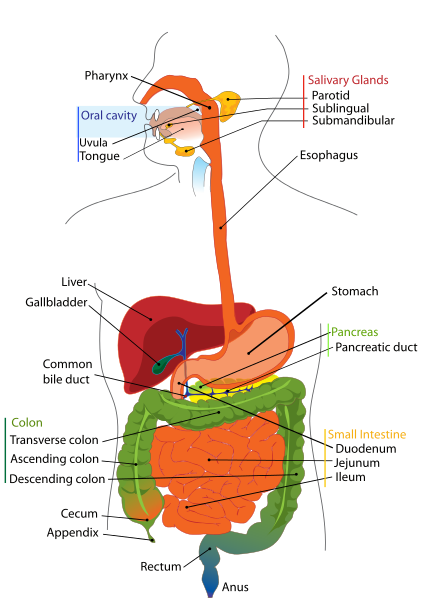

The gastrointestinal and genitourinary system is responsible for the ingestion of food, the absorption of nutrients, and the elimination of waste products. A focused gastrointestinal and genitourinary assessment includes collecting subjective data near the patient's diet and practice levels, collecting the patient's and the patient'due south family's history of gastrointestinal and genitourinary disease, and asking the patient about any signs and symptoms of gastrointestinal and genitourinary disease, such as intestinal pain, nausea, airsickness, bloating, constipation, diarrhea, and characteristics of urine and faeces. Objective data is also assessed.
The focused gastrointestinal and genitourinary assessment in Checklist 21 outlines the process for gathering objective data.
Disclaimer: Always review and follow your hospital policy regarding this specific skill. | |||
Condom considerations:
| |||
Position patient supine if tolerated | |||
Steps | Boosted Data | ||
| i. Carry a focused interview related to gastrointestinal and genitourinary systems. | Ask relevant questions related to the abdomen, urine output, last bowel movement, flatus, any changes, nutrition, nausea, vomiting, diarrhea. | ||
2. Inspect:
| Abdominal distension may indicate ascites associated with conditions such as heart failure, cirrhosis, and pancreatitis. Markedly visible peristalsis with abdominal distension may indicate intestinal obstruction. | ||
| 3. Auscultate a bdomen for bowel sounds in all four quadrants before palpation. | Hyperactive bowel sounds may point bowel obstruction, gastroenteritis, or subsiding paralytic ileus. Hypoactive or absent bowel sounds may be present later on abdominal surgery, or with peritonitis or paralytic ileus.  | ||
| 4. Palpate abdomen lightlyin all 4 quadrants. | Palpate to detect presence of masses and distension of bowel and bladder.  Hurting and tenderness may indicate underlying inflammatory conditions such every bit peritonitis. | ||
| Note: If patient is wearing a cursory, ensure it is clean and dry. Inspect skin underneath for signs of redness/rash/breakdown. | |||
| Notation: If patient has a Foley catheter, audit bag for urine amount, color, and clarity. Inspect skin at insertion site for redness/breakup. | |||
| v. Report and document assessment findings and related health issues according to bureau policy. | Accurate and timely documentation and reporting promote patient prophylactic. | ||
| Data source: Cess Skill Checklists, 2014; Jarvis et al., 2014; Perry et al., 2014; Stephen et al., 2012; Wilson & Giddens, 2013 | |||
Focused Musculoskeletal Arrangement Assessment
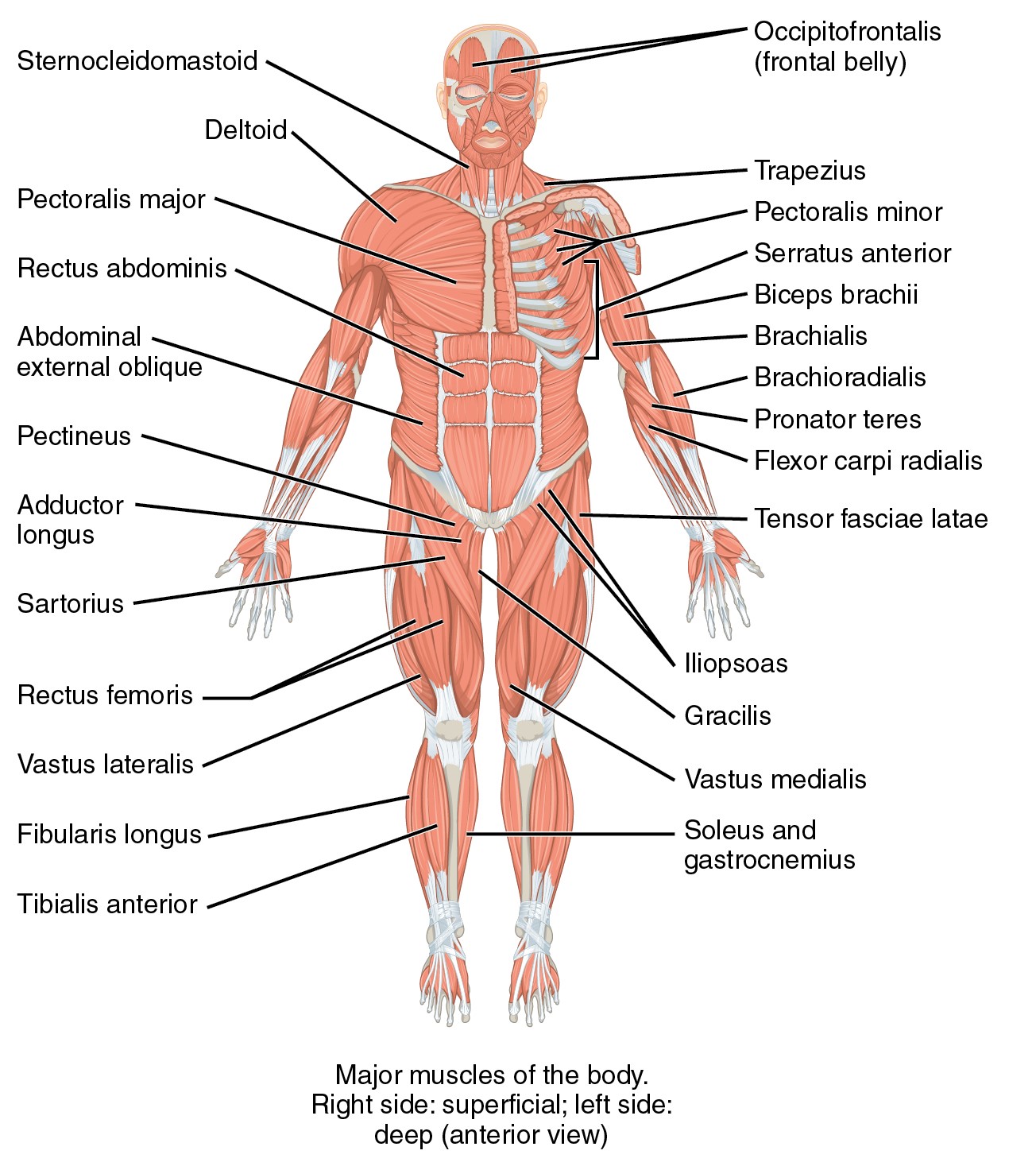
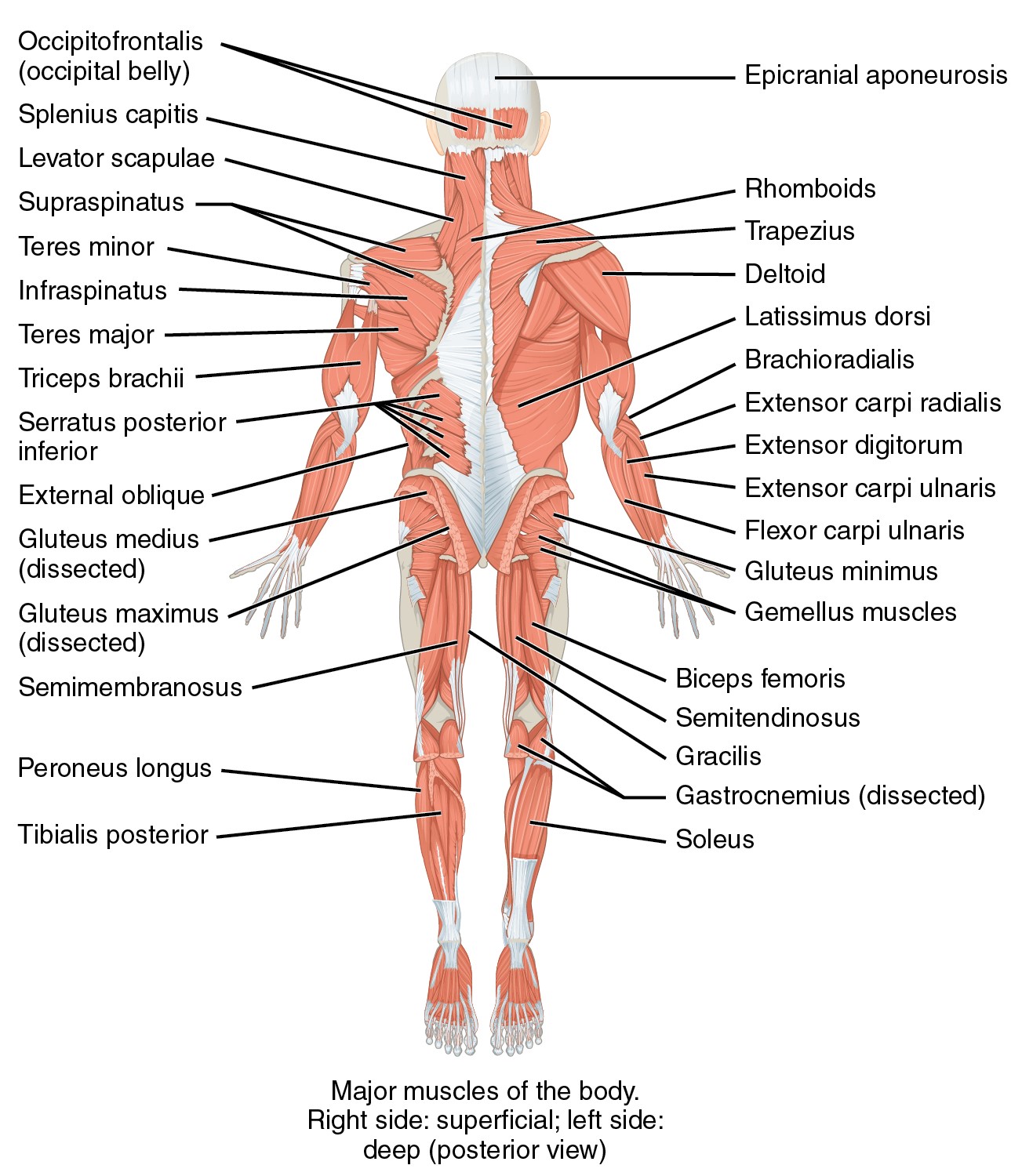
A focused musculoskeletal assessment includes collecting subjective data almost the patient'due south mobility and do level, collecting the patient'south and the patient'south family's history of musculoskeletal weather condition, and request the patient well-nigh any signs and symptoms of musculoskeletal injury or weather condition. Objective data is also assessed.
The focused musculoskeletal cess in Checklist 22 outlines the process for gathering objective information.
Disclaimer: Always review and follow your hospital policy regarding this specific skill. | |||
Safety considerations:
| |||
Steps | Boosted Information | ||
1. Check patient information prior to assessment:
| Determine patient's activeness as tolerated (AAT)/bed rest requirements.  Determine if patient has non-weight-bearing, partial, or full weight-bearing status. Make up one's mind if patient ambulates independently, with one-person assist (PA), two-person assist (2PA), standby, or lift transfer. Bank check alertness, medications, hurting. Enquire if patient uses walker/cane/wheelchair/crutches. Consider not-slip socks/hip protectors/bed-chair warning. | ||
| two. Deport a focused interview related to mobility and musculoskeletal system. | Ask relevant questions related to the musculoskeletal organization, including hurting, function, mobility, and activeness level (e.g., arthritis, joint problems, medications, etc.). | ||
iii. Inspect, palpate, and test muscle strength and range of motility:
Evaluate client'due south power to sit up before standing, and to stand before walking, then appraise walking ability. | Annotation strength of handgrip and pes strength for equality bilaterally. 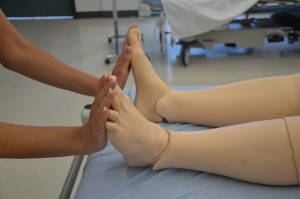   Note patient's gait, balance, and presence of hurting. | ||
| 4. Report and document assessment findings and related health issues according to agency policy. | Accurate and timely documentation and reporting promote patient safe. | ||
| Data source: Cess Skill Checklists, 2014; Jarvis et al., 2014; Perry et al., 2014; Stephen et al., 2012; Wilson & Giddens, 2013 | |||
Video 2.1
Focused Neurological System Assessment
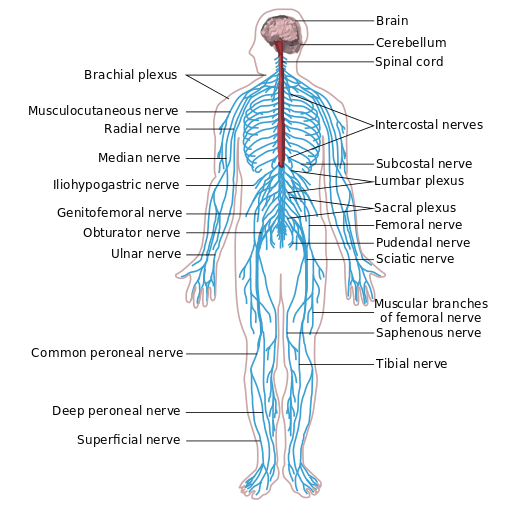
The neurological system is responsible for all man role. Information technology exerts unconscious control over basic body functions, and it too enables complex interactions with others and the environment (Stephen et al., 2012). A focused neurological assessment includes collecting subjective information most the patient's history of head injury or dysfunction, collecting the patient's and the patient's family unit'due south history of neurological disease, and asking the patient nearly signs and symptoms of neurological conditions, such as seizures, retentiveness loss (amnesia), and visual disturbances. Objective data is also assessed.
The focused neurological assessment in Checklist 23 outlines the process for gathering objective data.
Disclaimer: Always review and follow your hospital policy regarding this specific skill. | |||||||||||||||||||||||||||||||||||||||
Safety considerations:
| |||||||||||||||||||||||||||||||||||||||
Steps | Additional Information | ||||||||||||||||||||||||||||||||||||||
| i. Conduct a focused interview related to the neurological organization. | Ask relevant questions related to past or contempo history of head injury, neurological illness, or symptoms, confusion, headache, vertigo, seizures, recent injury or fall, weakness, numbness, tingling, difficulty swallowing (dysphagia) or speaking (dysphasia), and lack of coordination of body movements.  | ||||||||||||||||||||||||||||||||||||||
| two. Assess mental health condition. | Assess mental status past observing the patient's appearance, attitude, activity (behaviour), mood and affect, and asking questions similar to those outlined in this example of a mini-mental state examination (MMSE). | ||||||||||||||||||||||||||||||||||||||
3. Assess neurological role using the Glasgow Blackout Scale (GCS):
|
| ||||||||||||||||||||||||||||||||||||||
| 4. Annotation patient's LOC (level of consciousness, oriented 10 3), general appearance, and behaviour. | Notation hygiene, training, speech patterns, facial expressions. | ||||||||||||||||||||||||||||||||||||||
| 5. Assess pupils for size, equality, reaction to light (PERL), and consensual reaction to calorie-free. | Unequal pupils may indicate underlying neurological illness or injury.  | ||||||||||||||||||||||||||||||||||||||
six. Appraise motor strength and awareness.
| Unequal motor forcefulness and unusual sensation may signal underlying neurological disease or injury, such every bit stroke or caput injury.    | ||||||||||||||||||||||||||||||||||||||
| 7. Report and document assessment findings and related wellness problems according to agency policy. | Accurate and timely documentation and reporting promote patient safety. | ||||||||||||||||||||||||||||||||||||||
| Information source: Cess Skill Checklists, 2014; Jarvis et al., 2014; Perry et al., 2014; Stephen et al., 2012; Wilson & Giddens, 2013 | |||||||||||||||||||||||||||||||||||||||
Video 2.two
- Your patient complains of stomach pain during your head-to-toe cess. What would be your next steps?
- You notice that your patient seems lethargic during your head-to-toe assessment. What would be your next steps?
Attributions
Figure 2.two
The respiratory arrangement past LadyofHats is in the public domain.
Figure 2.iii
Sectional anatomy of the heart by Blausen Medical Communications, Inc. is used under a CC By 3.0 licence.
Figure two.4
Digestive organisation diagram by Mariana Ruiz Villarreal is in the public domain.
Figure 2.v
Urinary system is in the public domain.
Figure ii.six
Anterior and posterior views of muscles by OpenStax Higher is used under a CC BY 3.0 licence.
Figure ii.7
Nervous system diagram by William Crochot is used under a CC BY SA 4.0 licence.
hylandpromicame1959.blogspot.com
Source: https://opentextbc.ca/clinicalskills/chapter/2-5-focussed-respiratory-assessment/
0 Response to "What Should the Nurse Do to Understand the Nature of a Clientã¢â‚¬â„¢s Pain?"
Post a Comment